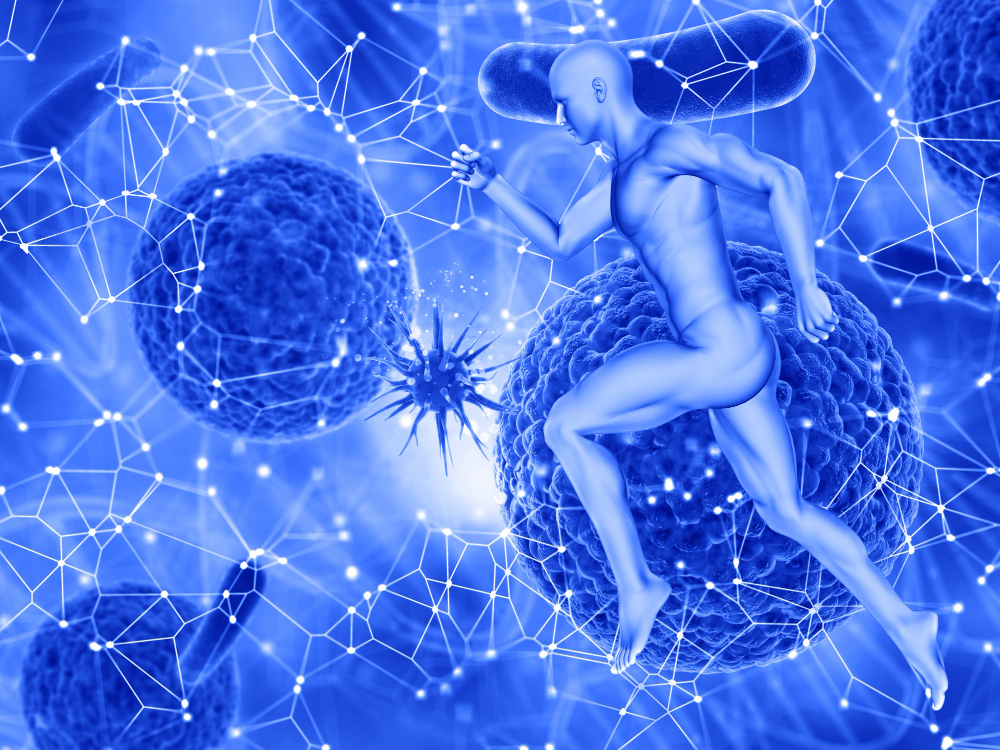Neurons are the fundamental building blocks of the nervous system, responsible for transmitting electrical impulses and facilitating communication between various parts of the body. These specialized cells play a crucial role in regulating physiological functions, including muscle contraction and gland activation, through the release of neurotransmitters and the initiation of specific pathways. Understanding the classification of neurons involved in these processes sheds light on the intricate mechanisms underlying movement and glandular secretion.
Initiators of Muscle Contraction
Motor neurons are a primary classification of neurons responsible for initiating muscle contraction by transmitting signals from the central nervous system to muscle fibers. These specialized neurons have long projections called axons that extend from the spinal cord or brainstem to muscle fibers, forming neuromuscular junctions where communication between neurons and muscles occurs. When stimulated by electrical impulses, motor neurons release neurotransmitters such as acetylcholine, which bind to receptors on muscle cells, triggering a series of events that lead to muscle contraction.
Somatic vs. Autonomic Motor Neurons
Somatic motor neurons and autonomic motor neurons are two subtypes of motor neurons that play distinct roles in regulating muscle activity. Somatic motor neurons innervate skeletal muscles, which are responsible for voluntary movements such as walking, running, and lifting objects. These neurons receive signals from the motor cortex of the brain and transmit them to skeletal muscles, allowing for precise control and coordination of movement. In contrast, autonomic motor neurons regulate involuntary functions such as heart rate, digestion, and glandular secretion, operating largely outside of conscious control.
Activators of Glandular Secretion
Sympathetic and parasympathetic neurons are subtypes of autonomic motor neurons that play key roles in activating glandular secretion through the release of neurotransmitters such as norepinephrine and acetylcholine. The sympathetic nervous system is responsible for the “fight or flight” response, mobilizing the body’s resources to respond to stressors by increasing heart rate, dilating pupils, and stimulating glandular secretion. Sympathetic neurons innervate glands such as the adrenal glands, sweat glands, and salivary glands, activating them to produce and release hormones, sweat, and saliva.
Parasympathetic neurons, on the other hand, regulate the “rest and digest” response, promoting relaxation and conservation of energy. These neurons innervate glands such as the salivary glands, lacrimal glands, and digestive glands, stimulating them to produce saliva, tears, and digestive enzymes. The activation of parasympathetic neurons enhances digestion and nutrient absorption, promoting homeostasis and overall well-being.
Integration of Neural Signals
The activation of muscle contraction and glandular secretion involves the coordinated integration of neural signals from various regions of the nervous system. Sensory neurons transmit information from sensory receptors in muscles, skin, and internal organs to the central nervous system, where it is processed and integrated. Motor neurons then relay signals from the central nervous system to muscles and glands, initiating the appropriate physiological responses. This complex interplay between sensory and motor neurons ensures efficient communication and coordination of bodily functions.
Neurons as Catalysts of Physiological Processes
In conclusion, neurons play a vital role in initiating muscle contraction and activating glandular secretion through the transmission of electrical impulses and the release of neurotransmitters. Motor neurons transmit signals from the central nervous system to muscles, initiating muscle contraction and facilitating voluntary and involuntary movements. Autonomic motor neurons, including sympathetic and parasympathetic neurons, regulate glandular secretion by activating glands such as the adrenal glands, sweat glands, and salivary glands. Understanding the classification of neurons involved in these processes provides insights into the intricate mechanisms underlying movement and glandular function.



